.NET 9 Preview 5 arrives with enhanced AI and faster performance
Microsoft promised a lot of AI features for .NET 9
2 min. read
Published on
Read our disclosure page to find out how can you help MSPoweruser sustain the editorial team Read more
Key notes
- .NET 9 Preview 5 on GitHub offers enhanced AI, better performance, and new features.
- It improves on Preview 4 with flexible OpenTelemetry, TypeDescriptor trimming, and more.
- Microsoft aims to integrate OpenAI into .NET 9 for easy creation of smart apps.

Microsoft’s .NET (pronounced as “dot net”), is Redmond’s popular open-source platform that lets you build and run applications for web, mobile, desktop, gaming, and IoT. The latest .NET 9 version arrived earlier this year, promising easy access to OpenAI’s models, and now, the Redmond tech giant launched .NET 9 Preview 5.
Now available on GitHub, .NET 9 Preview 5 gives you enhanced AI capabilities with TensorPrimitives and Tensor<T>, improved performance with Span overloads for params, the ability to search for multiple substrings within a string, Task.WhenEach for foreach completed tasks.
Additionally, it includes prioritized unbounded channels, flexible OpenTelemetry activity linking, TypeDescriptor trimming support, and type name parsing.
Compared to the previous Preview 4, this update boasts a lot of interesting changes. The latter, which arrived back in May, introduced support for generic parameters, trimming support for feature switches, OpenTelemetry enhancements, and new features for EF Core, MAUI, ASP.NET Core, as well as theming support for Windows 11 in WPF.
You can also download .NET 9 Preview 5 via its download site here, depending on your desired architectures and operating systems.
Upon its release, Microsoft promised that .NET 9 would be integrating AI solutions like OpenAI, both hosted and local, so devs can create intelligent apps easily and use their C# skills to build AI-powered apps. And, that’s not baseless at all, considering how deep Microsoft has been in adopting its GPT technologies into its services.


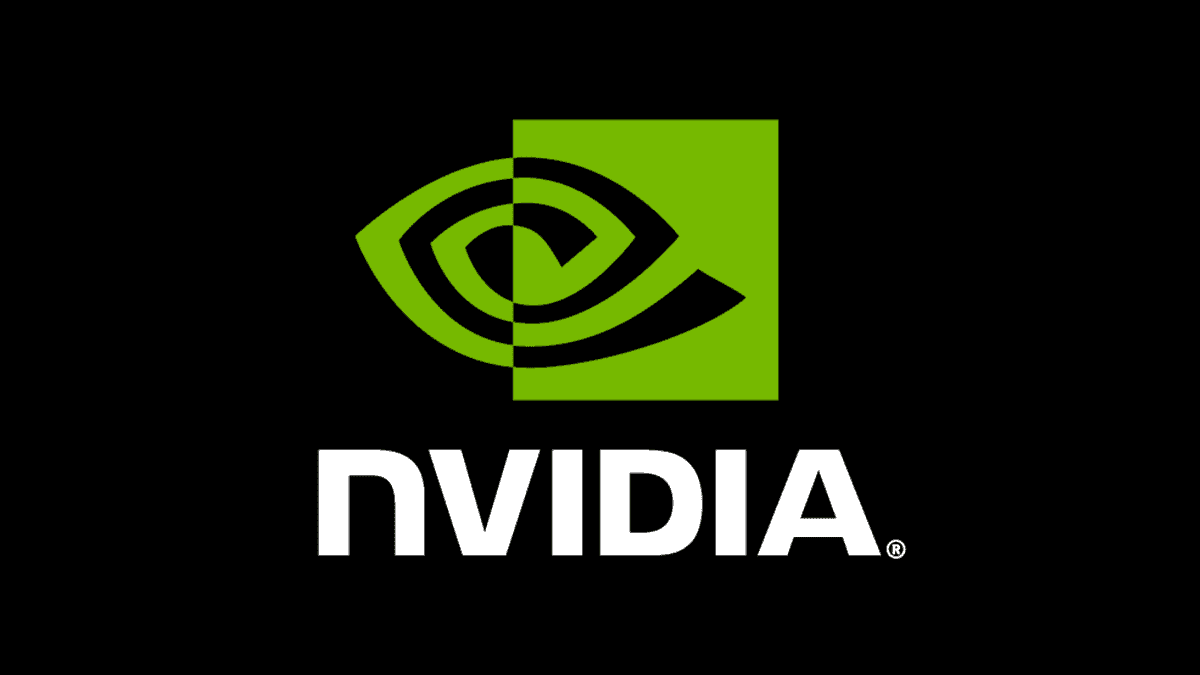
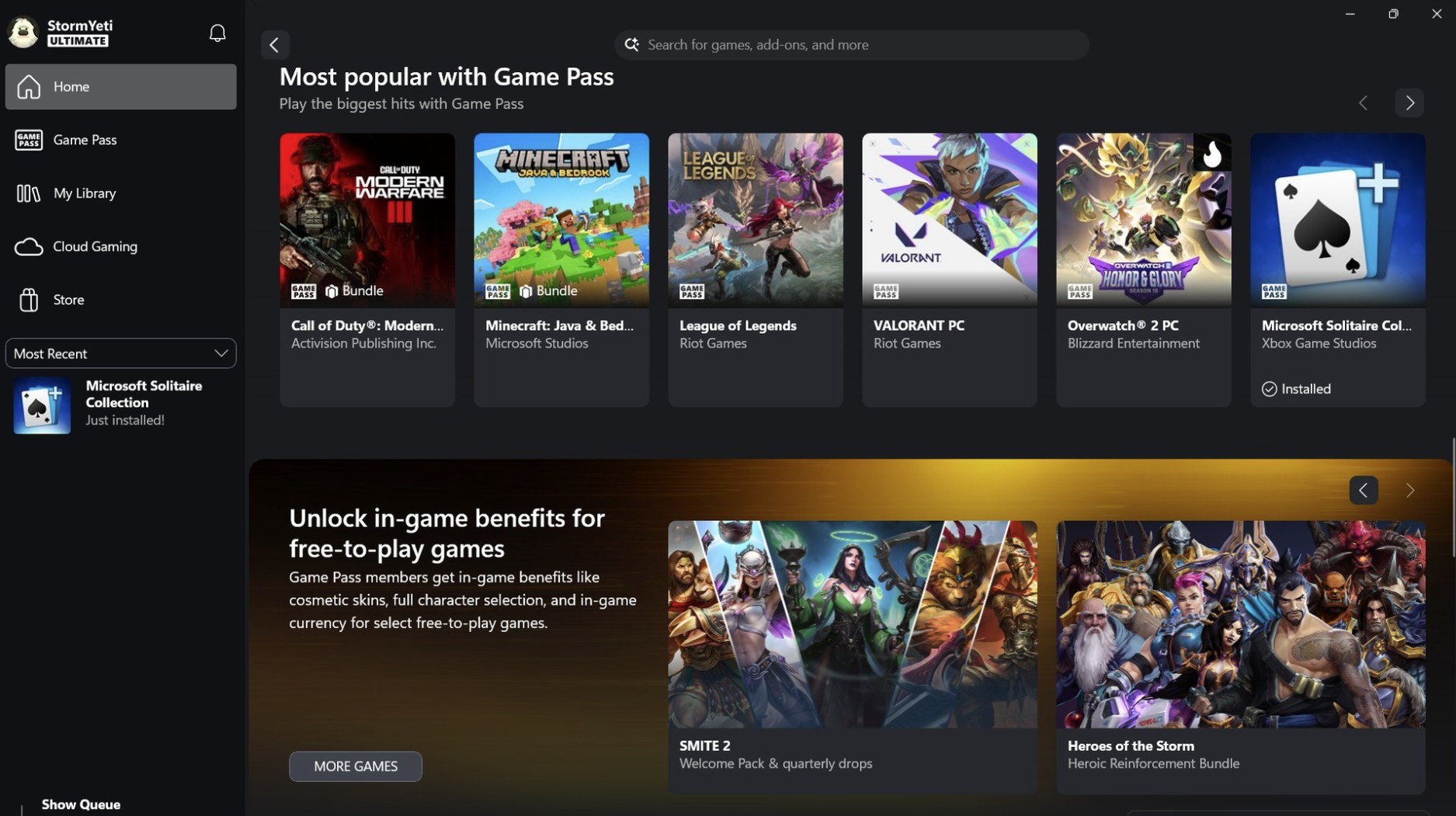

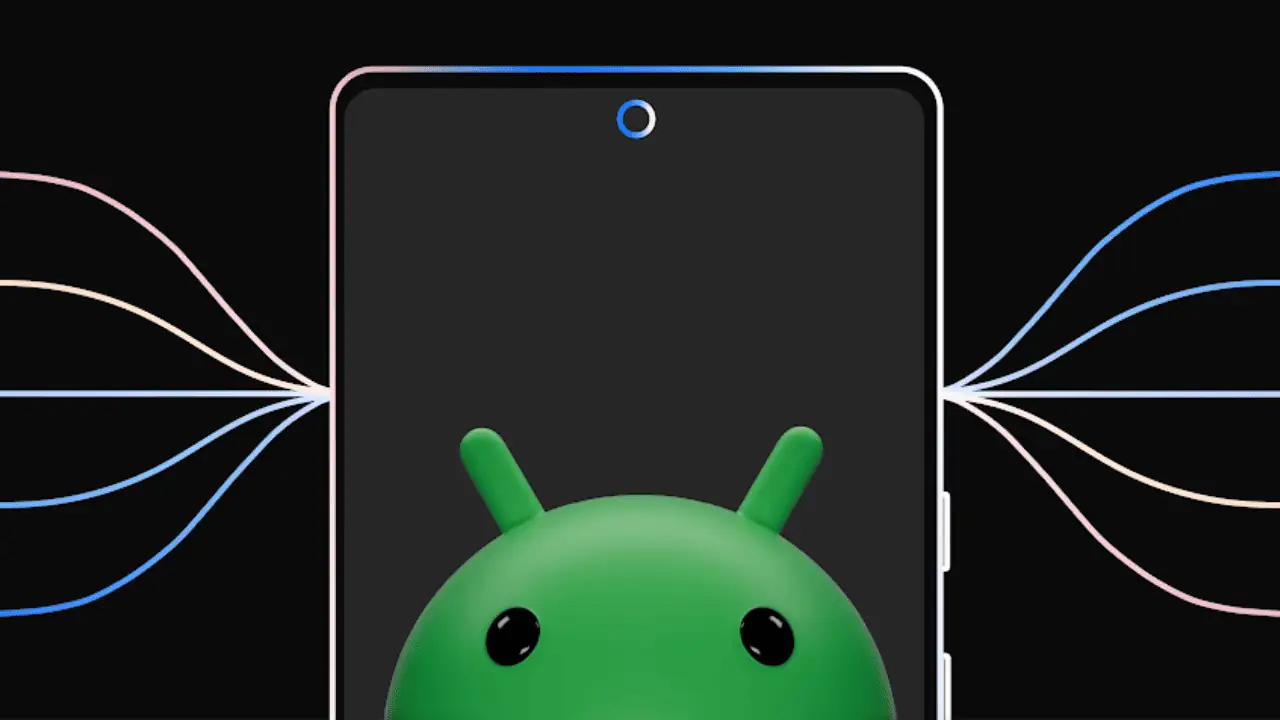
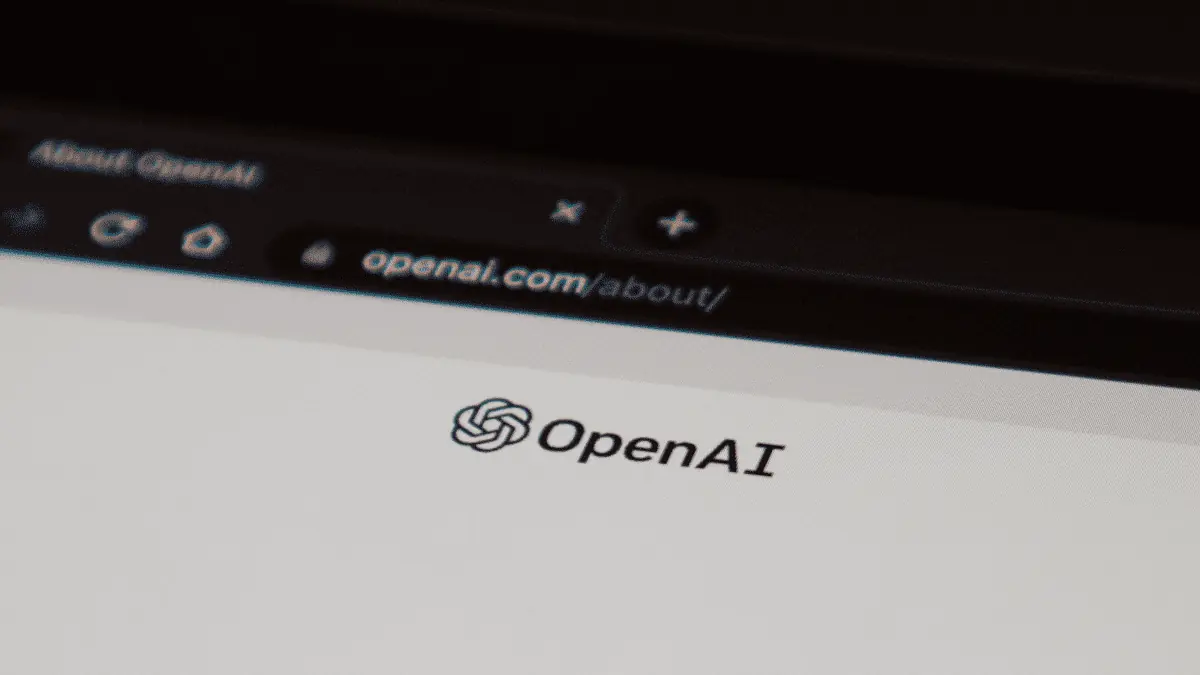
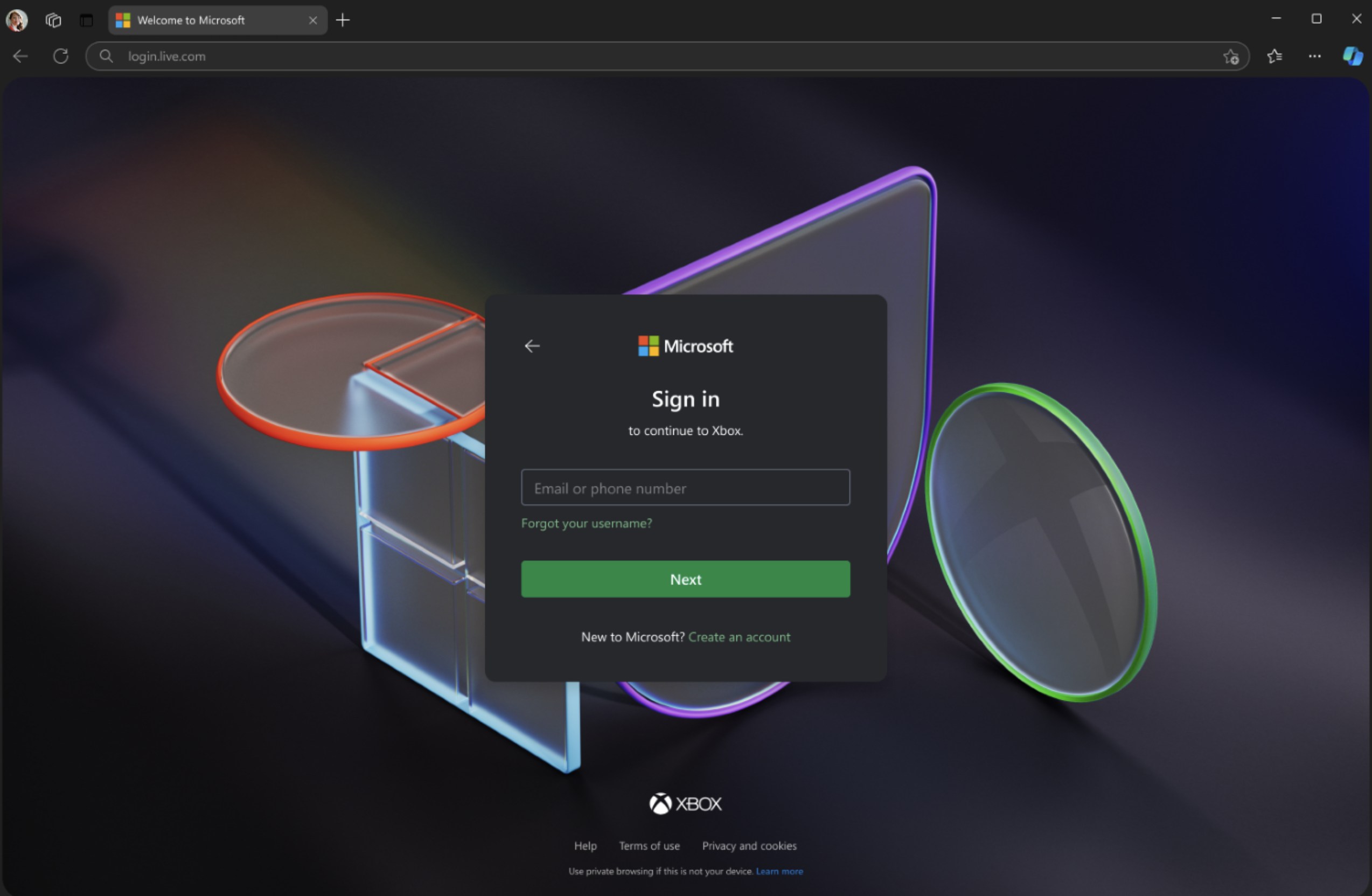
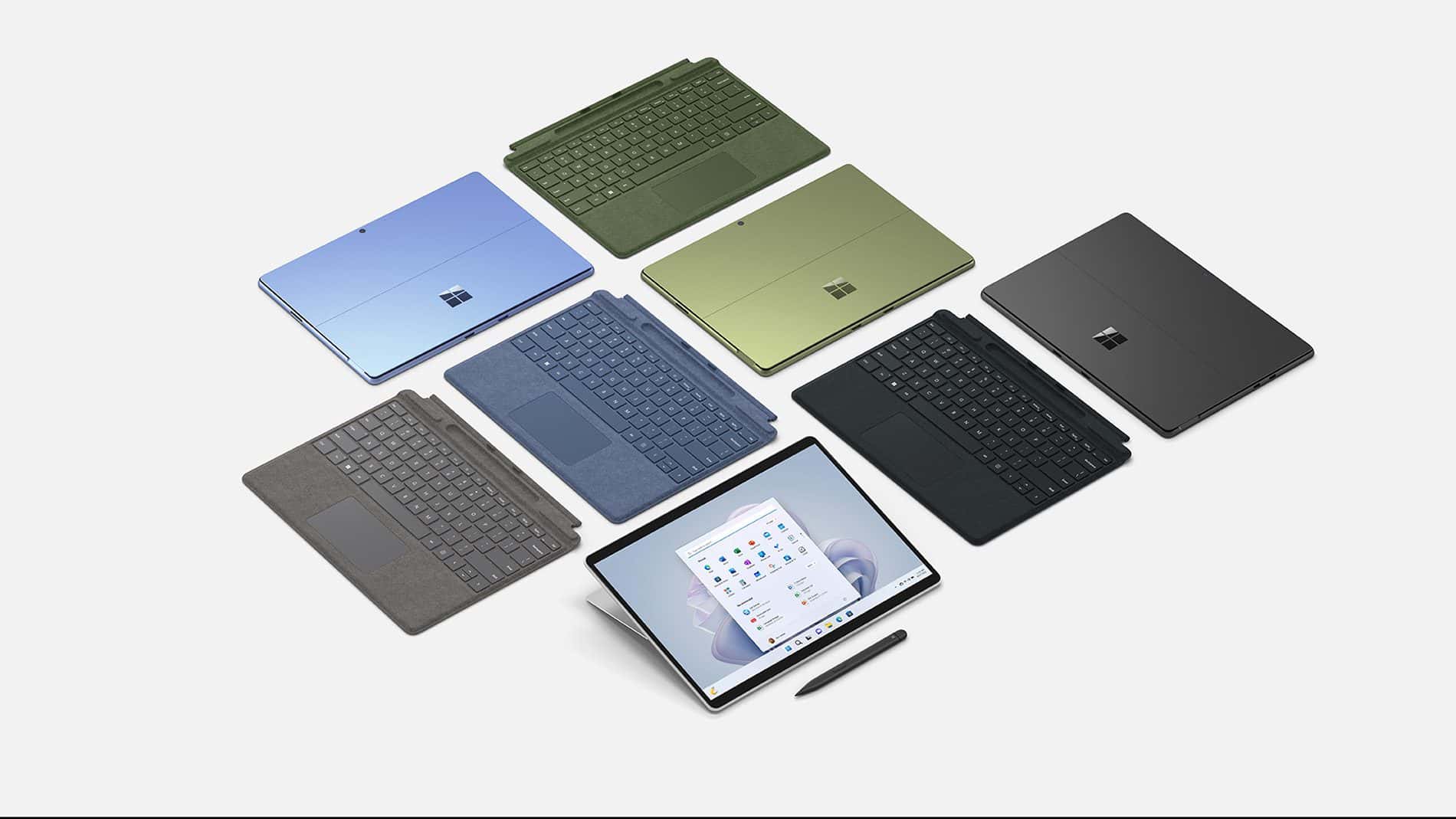
User forum
0 messages